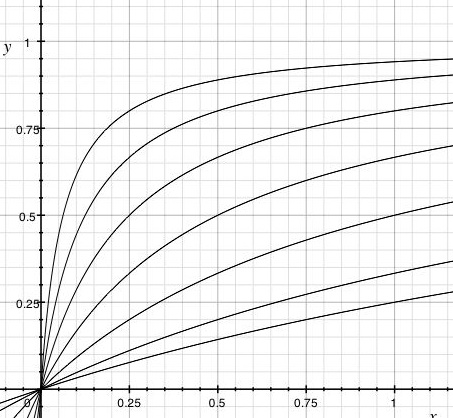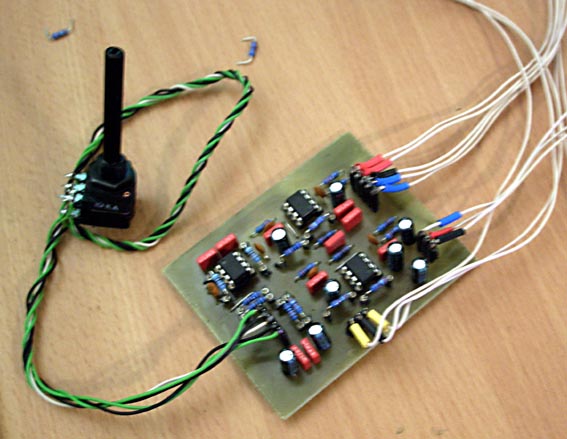radiance
Well-known member
Everytime I see this post coming up I have to reread the last three pages or so to make sense of it....sorry, it's taking to long...I'm tired, need sleeeeep.
Denyle Guitars said:Just a quick update to the post above. I fixed the send and now it's working pretty well. You could tweak the gain a bit and increase the blend pot value if you were so inclined. I used INA134 for the inputs & a THAT line driver. On the INA134's, I grounded pin 1 and connected pins 5, 6.
And here's some ugly truth:
OK! great to see someone did actuallu build one working
are there any differences compared to the original schematics?
BTW.. what caps are the 10uf's?


livingnote said: